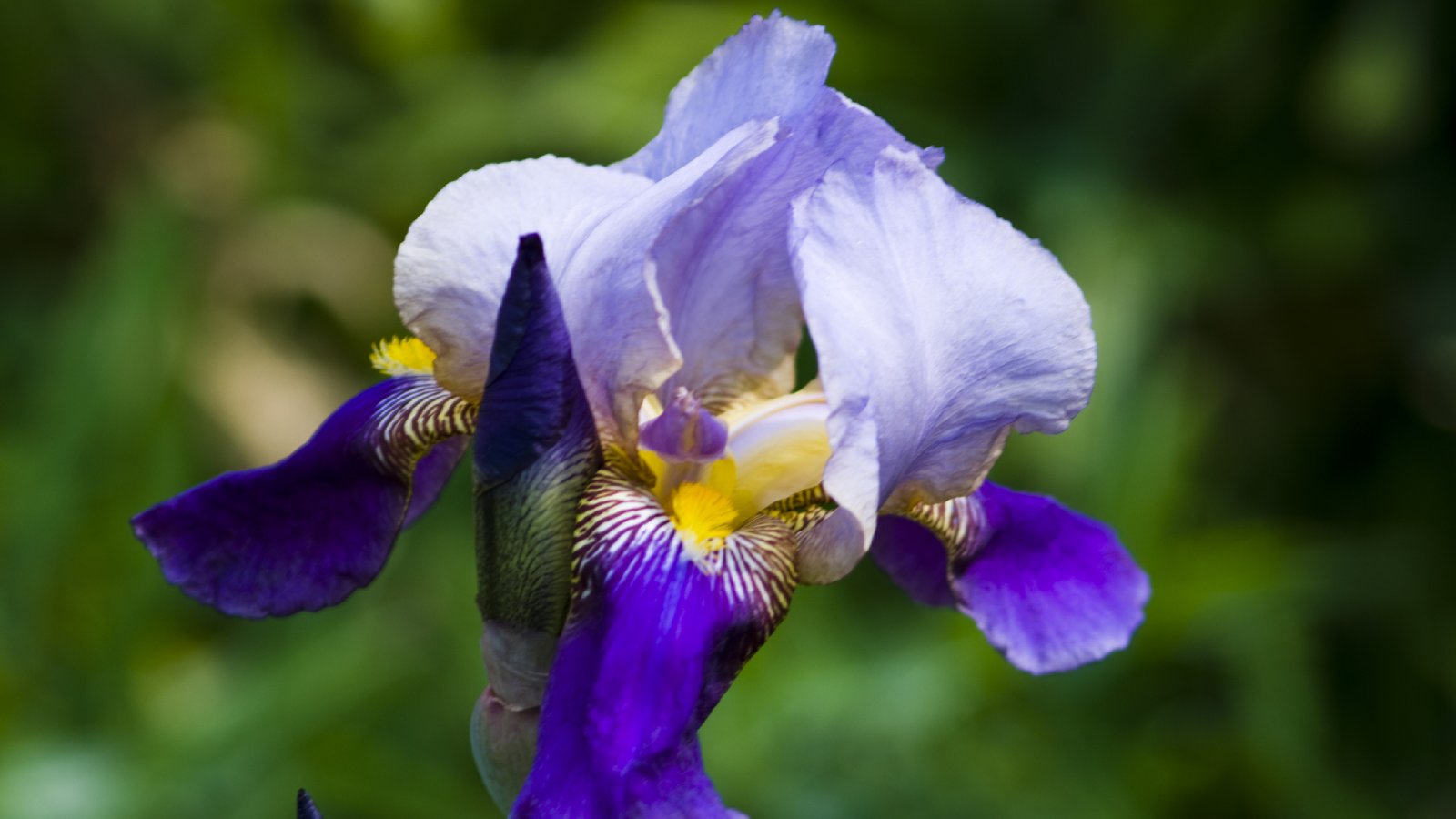What Is A Bearded Iris: Bearded Iris Varieties And Growing Info


Bearded iris is a popular perennial for its stunning flowers, variety of bloom colors, and striking, sword like leaves. Growing these flowers is not difficult, as they are drought tolerant. They only need to be divided every few years to maintain healthy, blooming plants. Replant your divisions in your garden or share with friends.
What is a Bearded Iris?
Bearded iris flowers are perennials that grow from rhizomes, modified underground stems that grow and spread horizontally in the soil. The flower of the iris has three petals that grow upright, known as standards, and three downward growing petals known as falls. The falls have a hairy texture, giving the flower the name ‘bearded.’
The name iris comes from the Greek name for the goddess of the rainbow, which indicates how much color variety there is in this perennial. There are hundreds of bearded iris varieties from which to choose that will give you not just different colors but also heights of leaves and flower stalks.
Different varieties of bearded iris can grow between 8 inches (20 cm.) tall for the miniature cultivars and up to just over 2 feet (61 cm.) for the tallest.
Bearded Iris Care
Bearded iris growing starts in late summer or early fall, the best time to put rhizomes in the ground for spring blooms. Plant the rhizomes horizontally with the top of each one just at the surface of the soil. It is important not to plant them too deeply.
Plant your irises in areas with soil that drains well and that gets at least six hours of sunlight per day. You can add organic material, like compost, or a balanced fertilizer when planting. Just avoid too much nitrogen, as this will limit flower growth.
Once your irises are established, you won’t need to water them unless you have an extended drought. Bearded irises are drought tolerant and waterlogged soil can be problematic.
Sign up for the Gardening Know How newsletter today and receive a free copy of our e-book "How to Grow Delicious Tomatoes".
To maintain irises, simply cut off the stalks after flowers have bloomed and remove any dead leaves. Cut leaves back in the fall. You will also need to divide and replant irises every few years to keep them healthy and blooming. Do this in the late summer by pulling the rhizomes up from the soil and removing newer rhizomes attached to at least a few leaves to replant elsewhere. Cut back the leaves by about two-thirds before you replant them or share with other gardeners.

Mary Ellen Ellis has been gardening for over 20 years. With degrees in Chemistry and Biology, Mary Ellen's specialties are flowers, native plants, and herbs.